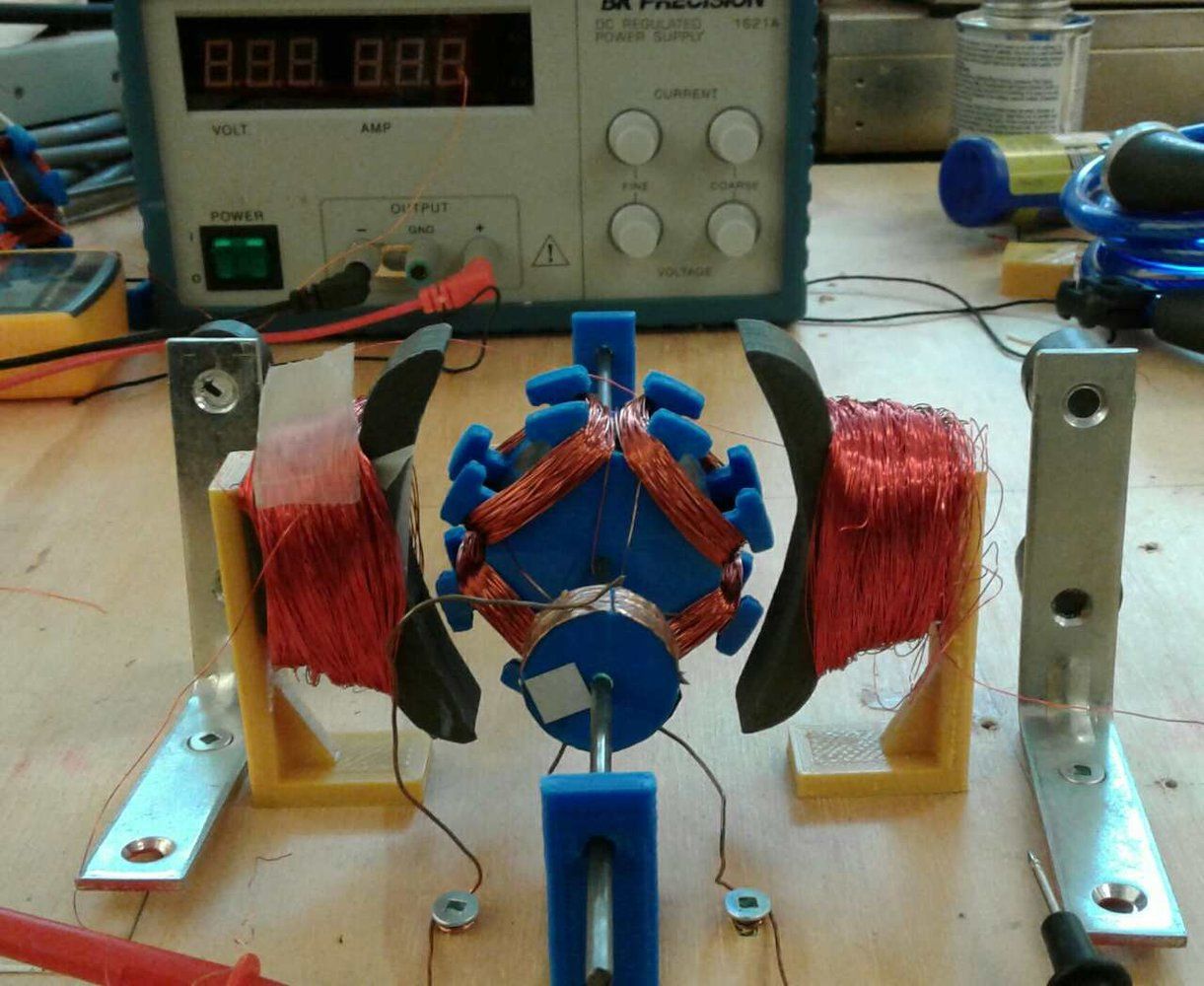
The researchers think this unseasonably warm air was due primarily to the powerful 2015–2016 El Niño. As they write in their paper, the El Niño climate pattern, which starts with high sea surface temperatures in the equatorial Pacific, tends to promote the advection of high pressure air masses over this part of Antarctica. But they’re not sure—after all, the comparably-strong 1997–98 El Niño event didn’t cause widespread melting in West Antarctica. And although the data points to a correlation between El Niño and melty ice in West Antarctica, that doesn’t necessarily imply causation.
300,000 square miles is nearly twice the area of California. It’s difficult to visualize a space that vast, but go ahead and give it a try. Now, imagine this California plus-sized chunk of land is covered in thousands of feet of ice. Then, all of a sudden, that frozen fortress becomes a wading pool.
In January 2016, over the course of just a few weeks, a 300,000 square mile chunk of the West Antarctic ice sheet started turning to slush, in one of the largest melt-outs ever recorded. Scientists with the ARM West Antarctic Radiation Experiment (AWARE), who reported the epic defrost in Nature Communications last week, believe it was related to the 2015–2016 El Niño. Troublingly, they think massive melts like this could be a harbinger of the future—but more research is needed before we can be sure.
Continue reading “Why Did an Enormous Chunk of West Antarctica Suddenly Start Melting?” »


















